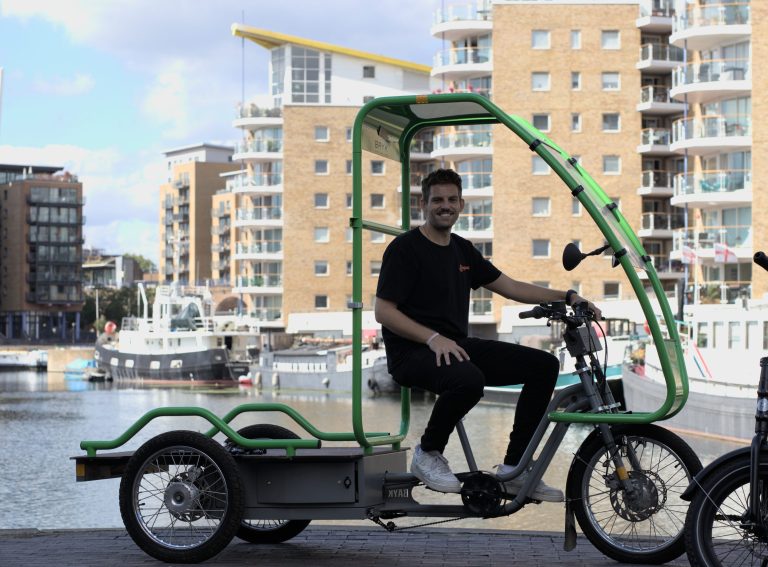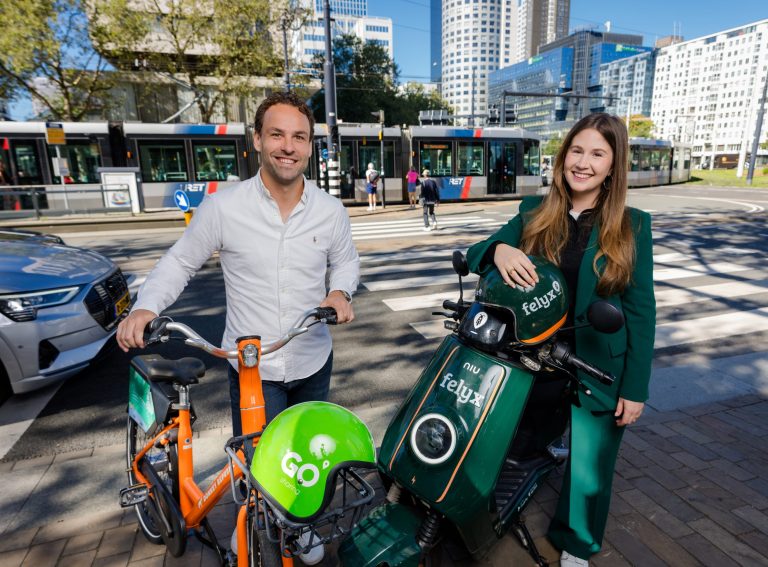The UK Government has updated its e-scooter trial guidelines by stating that all scooters will have to bear a visible number plate from 1 April.
The changes published by the Department for Transport and Active Travel England, include rules on unique identification numbers, suggestions for general safety improvements and an increased focus on tackling illegal e-scooter use.
Titled E-Scooter trials: guidance for local authorities and rental operators, the document says: “The main objective of the trials will continue to be an assessment of the safety and wider impacts of e-scooters and development of best practice for shared micromobility services. However, we consider that some changes are necessary to ensure the trials are as safe and well run as possible.”
These additional requirements only apply to those local authorities and e-scooter operators taking part in the trial extension to 30 November 2022.
The most noteworthy addition outlined in the document is that all e-scooters are to display a manufacturer’s label that includes a unique identification number (UIN).
This is to help identify riders, and assist the police in differentiating between private and shared e-scooter vehicles.
It should take the form of a plate, sticker or paint and be clearly visible somewhere on the scooter, such as on the steering column or at the rear of the vehicle.
To improve general road safety, the report suggests lower speed limits for new riders, parking incentives, encouraging more helmet use, improved geofencing, and for operators to run more e-scooter safety events.
Meanwhile the Government will continue to work with stakeholders, including retailers and the police, at a national level to tackle illegal e-scooter use and antisocial behaviour.
The guidance document says: “We know it is difficult for the police and the public to distinguish between private (illegal) e-scooters and those being used in rental trials. This, in turn, has an impact on the monitoring and evaluation programme, making it difficult to determine, for example, whether pavement riding is more common for private (illegal) use.
“To help address these issues we want further requirements to be introduced to improve user identification and reduce the illegal use of e-scooters.”








